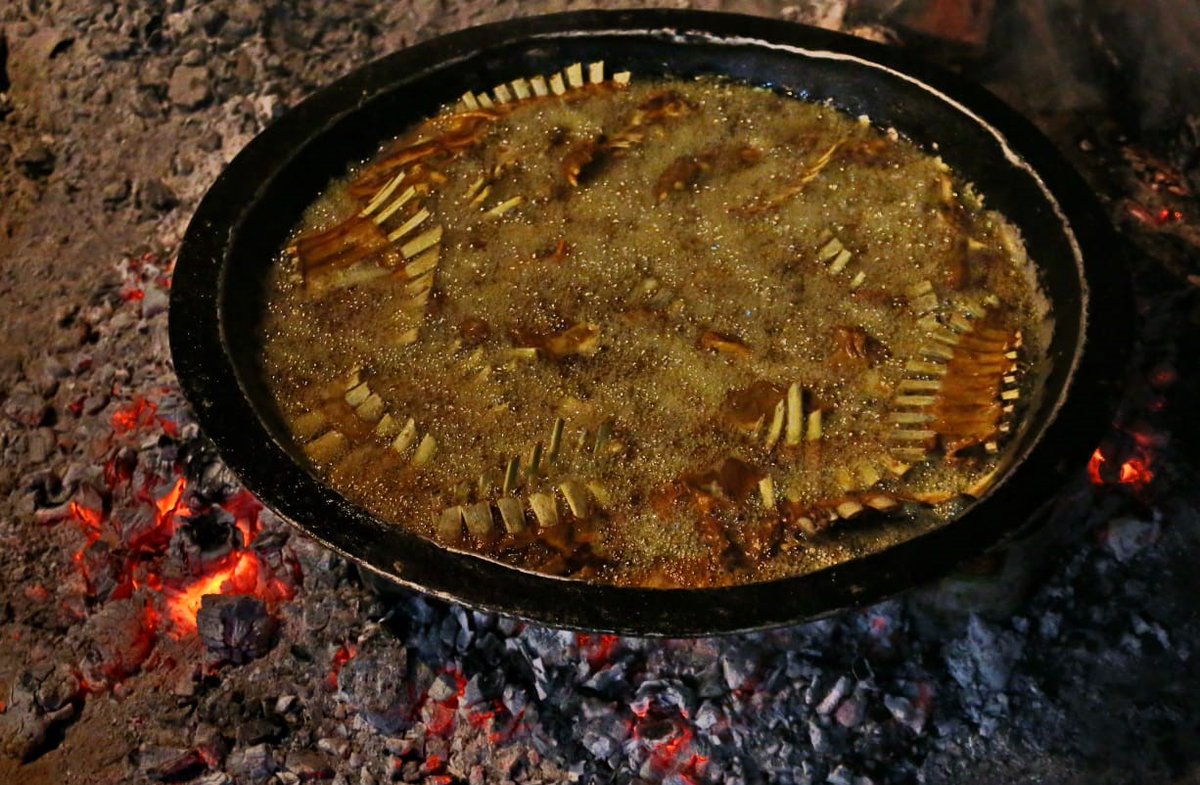
Art, Architecture | South Asia & Islamicate world| Sacred Spaces| Architect |Writer | Conservationist
How to get URL link on X (Twitter) App


 2. not only in mosques and khanqahs of the city but also around open spaces in the city, like Idgah and near Dargah Hazratbal on major religious festivals. The tradition must have been well established by nineteenth century when the office of Mirwaiz came into existence.
2. not only in mosques and khanqahs of the city but also around open spaces in the city, like Idgah and near Dargah Hazratbal on major religious festivals. The tradition must have been well established by nineteenth century when the office of Mirwaiz came into existence. 


 2. (He is the first one on the right side in the cropped image). The background is the open court in the Sherghari complex, today in a derelict condition. The second image is when he retired (1956), again the same complex but near the present Archives building.
2. (He is the first one on the right side in the cropped image). The background is the open court in the Sherghari complex, today in a derelict condition. The second image is when he retired (1956), again the same complex but near the present Archives building. 


 2. The petition was followed by a memorandum submitted to Lord Reading, the Viceroy during his visit to Kashmir in 1924, seeking redress to Muslim grievances against the Dogra rule. The main signatories of this memorandum included:
2. The petition was followed by a memorandum submitted to Lord Reading, the Viceroy during his visit to Kashmir in 1924, seeking redress to Muslim grievances against the Dogra rule. The main signatories of this memorandum included: 

 2. The new house which commands a fine view of the erstwhile Nallah Mar canal was constructed by Mirwaiz Moulvi Yosuf Shah in 1929. It is said Moulvi Yosuf Shah worked on the construction site along with the laborers.
2. The new house which commands a fine view of the erstwhile Nallah Mar canal was constructed by Mirwaiz Moulvi Yosuf Shah in 1929. It is said Moulvi Yosuf Shah worked on the construction site along with the laborers. 

 2. embankment wall used to be worshipped by Pandits with sindur (vermillion) applied on it. Apparently, at some point in 1922 the Pandits started applying sindur on nearby stones- enlarging the temple, resulting in conflict with the caretakers of the Khanqah.
2. embankment wall used to be worshipped by Pandits with sindur (vermillion) applied on it. Apparently, at some point in 1922 the Pandits started applying sindur on nearby stones- enlarging the temple, resulting in conflict with the caretakers of the Khanqah. 

 2. Writing in the 17th century, the author Mulla Muhammad Ali Kashmiri speaks about kabab, pulao, zard pulao, tursh pulao, yakhni etc. He also writes about dal (lentils) & rice being cooked together. We also get an account of 'professional cooks' being employed on weddings.
2. Writing in the 17th century, the author Mulla Muhammad Ali Kashmiri speaks about kabab, pulao, zard pulao, tursh pulao, yakhni etc. He also writes about dal (lentils) & rice being cooked together. We also get an account of 'professional cooks' being employed on weddings.

 During Afghan & Sikh rule a large number of Iranian, Georgian & Armenian merchants involved in the lucrative pashmina shawl trade were operating from Srinagar. A graveyard in Hassanabad area was known as Iranian or musafir mazzar, where some of these Iranian merchants are buried.
During Afghan & Sikh rule a large number of Iranian, Georgian & Armenian merchants involved in the lucrative pashmina shawl trade were operating from Srinagar. A graveyard in Hassanabad area was known as Iranian or musafir mazzar, where some of these Iranian merchants are buried.